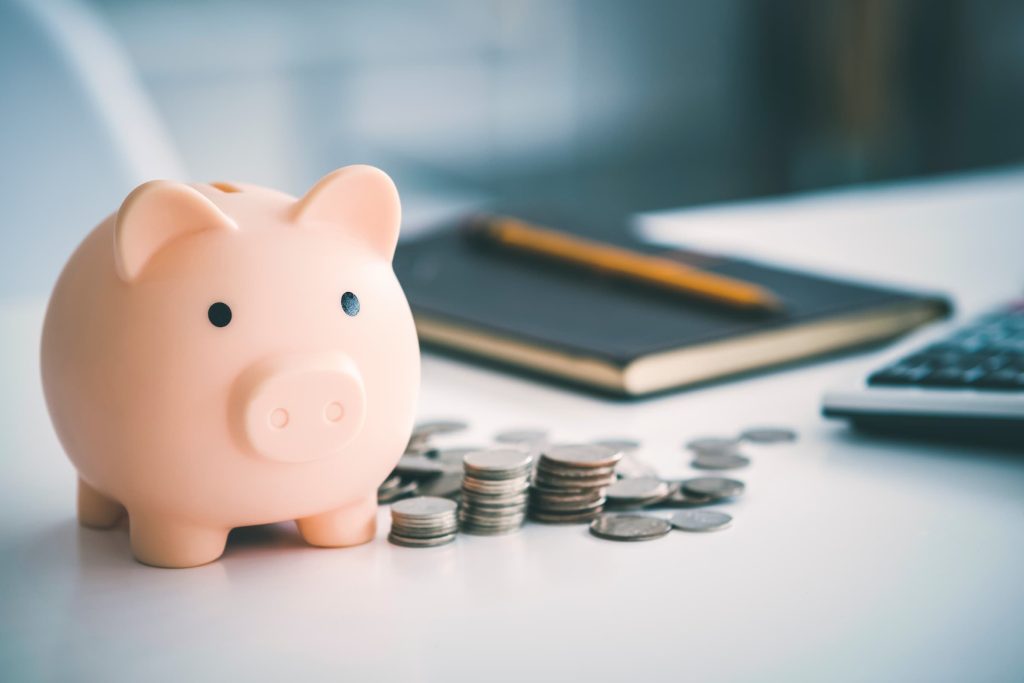Online payments are revolutionary in terms of how we do transactions nowadays, making it possible to purchase goods and services from the comfort of our homes. That doesn’t mean we should be complacent however, since cyber threats such as fraud continue to affect people all around the world. Hence, ensuring the safety of your financial information during online transactions is paramount. Let’s educate ourselves of everything we need to know about online payment security in this article.
Two-Factor Authentication (2FA)
If you choose a good electronic payment you will usually have multiple optional security features to choose from. If you use reputable mobile payment apps such as PayPal or Paxum before, then perhaps you’ve heard of the term “two-factor authentication” before. Two-factor authentication, or 2FA for short, adds an additional layer of security to your online payment accounts. With 2FA, you need two types of credentials to access your account: something you know (like a password) and something you have (like a verification code sent to your phone).
2FA matters a lot since it prevents cyber criminals from gaining unauthorized access to your account. Even in the off chance of them obtaining your password, they’ll still need the second authentication factor to do anything awful. This significantly reduces the risk of identity theft and fraudulent activities.

Data Encryption and Protection
Data encryption is the cornerstone of online payment security. It involves the transformation of sensitive data into a code that can only be deciphered by someone with the appropriate decryption key. Reputable e-commerce platforms and financial institutions use secure protocols to establish encrypted connections between your device and their servers. This is good because it ensures that the information you share during an online transaction – your credit card number, CVV, and other personal details – remains confidential. This prevents hackers from intercepting your data as it travels through the Internet. And even if cybercriminals could theoretically manage to intercept this data, they won’t be able to decipher it without the decryption key anyways.
Vigilant Monitoring and Updating Regularly
In spite of online payment platforms making use of security features to ensure they can provide maximum safety and security for our transactions, cyber criminals continue to adapt and evolve their strategies to bypass them. We have equal responsibility to stay vigilant and proactive in regards to our online payments if we want to prevent these criminals from gaining access to our personal funds. What we should do regularly as safety precautions are to monitor our financial statements, update our passwords, and keep our devices secure. By constantly doing these things, we make it harder for unauthorized people to gain access to our account; thus we should be able to ward off any suspicious and fraudulent activity.
In Conclusion
Online payment security is a shared responsibility between consumers, merchants, and financial institutions. By learning and being knowledgeable in the important parts of online payment security, you can significantly reduce the risk of falling victim to cybercrimes. As technology continues to advance, staying informed about evolving security practices and adopting them into your online habits is essential for enjoying the benefits of digital transactions while keeping your financial information safe.